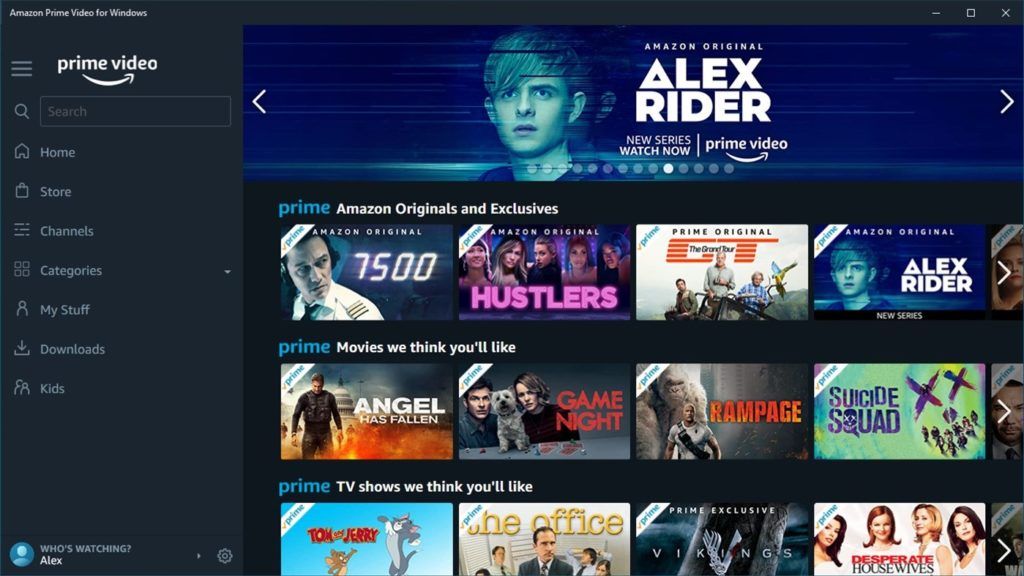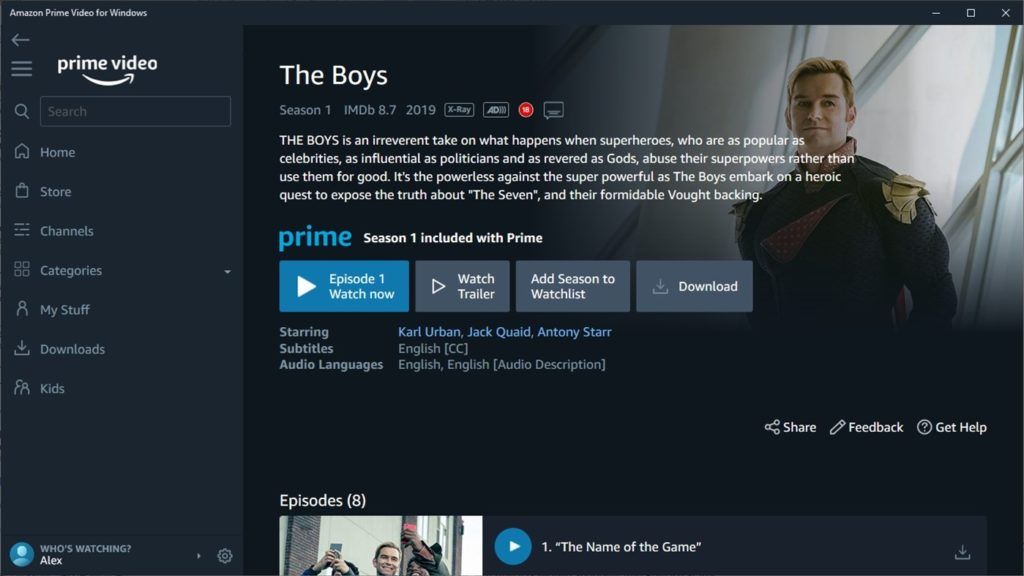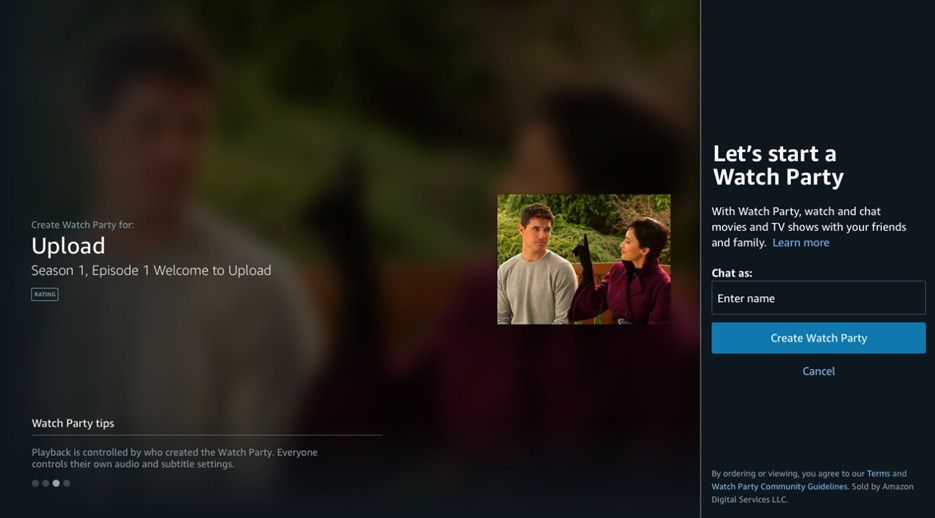Qualcomm has announced the Snapdragon 4100 smartwatch platforms, consisting of the Snapdragon Wear 4100+ and the Snapdragon Wear 4100. These new smartwatch SoCs are designed for next-generation connected smartwatches and based on Qualcomm’s ultra-low-power hybrid architecture. To provide better context to this news release, let’s delve into the background of Wear OS first.
The first Android Wear smartwatches were launched in 2014. For a while, Android Wear seemed the next big thing after big-screen smartphones. There was the much-hyped first-generation Moto 360, the halo Android Wear watch. There were popular watches launched by Huawei, ASUS, and others. Android Wear even arrived at the market a few months ahead of the Apple Watch. However, all of these early efforts fizzled out. The second-generation Moto 360 never received an official successor. Other companies withdrew from releasing new Android Wear watches. The Apple Watch was released in early 2015, and the rest is history. It is now by far the most popular smartwatch in the world, and the consensus of the industry agrees that Android Wear – re-branded by Google as Wear OS in 2018 – is far behind. While Apple is now the biggest watch company in the world, Wear OS watches suffer from the catch-22 issues of poor value, lack of consumer interest, lack of vision, and so much more.
Some blame for that lies on Google for failing to make Wear OS as good as it could be after showing promise in the beginning. But many reviewers would place a larger section of the blame on Qualcomm. All Wear OS smartwatches are powered by special low-power Qualcomm SoCs. The problem is that Qualcomm had been reluctant to innovate in the smartwatch SoC front. The release of the Snapdragon 3100 in 2018 was only a mild increment over the Snapdragon 2100 in 2016. The Snapdragon 3100 still featured relatively historical ARM Cortex-A7 cores manufactured on a relatively historical 28nm process, at a time when Apple’s smartwatch SoCs and Samsung’s low-power Exynos SoCs moved to much more efficient 14nm and then 10nm processes. Apple and Samsung are the two major players in the smartwatch market, and both of them use custom operating systems in the form of watchOS and Tizen respectively. Wear OS has been a second class citizen for too many years now, and user interest in new Wear OS smartwatches is lackluster, to say the least, but it still provides one of the better options that are compatible with Android smartphones.
Qualcomm, though, hasn’t given up on the smartwatch market yet.


Nearly two years after announcing the Snapdragon Wear 3100, the company has launched its successor in the form of the Snapdragon Wear 4100+ (yes, this is the chip we first thought was to be the Snapdragon Wear 3300). It’s the first Qualcomm smartwatch SoC to be made on a modern process node: 12nm FinFET. It’s also the first Qualcomm smartwatch SoC to adopt ARM Cortex-A53 cores, finally moving on from the 32-bit Cortex-A7.
The Snapdragon Wear 4100 platforms are said to bring super-fast performance and connectivity, a smarter co-processor, and an ultra-lower power platform. The substantial improvements in platform power have been achieved by moving to a 12nm process. This isn’t cutting-edge as Samsung’s Exynos 9110 is produced on a more efficient 10nm process, but it should still provide enormous improvements over the 28nm process that powers the Snapdragon Wear 3100.
Qualcomm notes that the wearable industry has seen strong growth over the last few years (even as Wear OS loses steam). According to IDC, the industry is expected to continue to grow at an accelerated pace. The growth has given rise to segments within the industry as we can now find a range of wearables for adults, children, and seniors, along with targeted applications for sports, health, communication, and fashion. Consumers’ importance of public health and well-being will drive accelerated growth in H2 2020 and beyond, according to the company.
The wearables segment requires a flexible architecture that delivers great experiences while also having extended battery life. Qualcomm believes the hybrid architecture with an A-Class SoC and an M-Class co-processor is best suited to help meet those requirements. To that end, the Snapdragon Wear 4100+ is a high-performance CPU with improved CPU, GPU, memory, cellular modem, and camera sub-systems in the 12nm low processor process, along with dual dedicated DSPs for modem, location and sensors, as well as audio.
The Snapdragon Wear 4100+ has an AON ultra-low power co-processor that offloads a series of use cases including display, sensor, maps, and time from the main CPU. It also features a stronger AON software interface to manage the interactions between the SoC and the co-processor.
Qualcomm’s new Snapdragon 4100+ makes an effort to distinguish itself from its middling predecessors. The company says the SoC’s architecture is engineered to deliver significant improvements in performance, connectivity, smartness, and power compared to its previous platforms. The smartwatch SoC is based on Qualcomm’s mobile Snapdragon 429 SoC. The key highlights of both platforms include the following:


Fast performance and connectivity. The SoC has quad-core ARM Cortex-A53 CPU cores. The Cortex-A53 was launched as the successor of the Cortex-A7 back in October 2012 – it’s seven years old now. In the smartphone SoC space, it was succeeded by the ARM Cortex-A55 in May 2017. The Cortex-A53 is still an in-order core, but importantly, it’s a 64-bit core (AArch64). Thus, the next-generation Wear OS smartwatches will be the first to have a 64-bit CPU architecture. The Cortex-A53 also features decent IPC improvements over the Cortex-A7, so CPU performance will be faster. The cores are clocked at up to 1.7GHz. Overall, Qualcomm says the SoC delivers 85% performance improvements over its predecessor.
The Cortex-A53 cores are paired with the Adreno 504 GPU, succeeding the Adreno 304 GPU in the Snapdragon Wear 3100. Qualcomm says this brings 2.5x improvements in GPU performance, which shouldn’t be too surprising considering how old and weak the Adreno 304 was. The Snapdragon Wear 4100+ features faster LPDDR3 memory (750MHz) and dual ISPs with support for up to 16MP cameras, although the last specification is redundant.
The new IP enhances the Snapdragon Wear 4100’s overall user experience with faster app launches, concurrent use cases, smoother and more responsive UX, and richer photo and video experiences, according to Qualcomm.


Connectivity. Qualcomm says the 4G LTE mode of the SoC, based on 12nm technology, has been significantly improved compared to its predecessor, and it has a dedicated DSP, low power features such as eDRX, platform-level power management, support for Cat 4/3/1 and single/dual antennas.
Smarter Always-On (AON) Co-Processor. The enhanced AON co-processor supports better offloaded experiences. Qualcomm has partitioned memory and performance to enable up to 64K colors and has extended offload experiences to include continuous heart rate monitoring, sleep for health and fitness, faster tilt-to-wake responsiveness, step counting, alarms, timers, and haptics for a more capable traditional watch mode.
Ultra-low power platform. The low power optimizations include 12nm process technology, dual DSPs for optimal workload partitioning, support for dynamic clock and voltage scaling (DVFS), Qualcomm Sensor Assisted Positioning PDR Wearables 2.0, low power location tracking support, and an enhanced Bluetooth 5.0 architecture. Combined, these improvements are designed to deliver more than 25% power reductions across key use cases – bringing bring extended battery life to the platform compared to its predecessors.



“Richer, enhanced experiences.” The hybrid platform in the Snapdragon Wear 4100+ is said to bring rich, enhanced experiences across interactive, ambient, sports, and watch modes. Qualcomm details this by explaining that in interactive mode, the platform supports additional “immersive experiences” with camera, voice assistant, and voice/video messaging. In ambient mode, the increase in number of colors from 16 to 64K and number kerning is designed to improve readability and offer more exciting design options as well. In sports mode, offloaded maps enhance the on-the-go experience. Finally, the traditional watch mode includes features such as heart rate, steps, alarms, reminders, and battery indicator with a “minimal impact” on performance or battery life.
Qualcomm says the first Snapdragon Wear 4100 platform-based products will ship later this year. A few companies have announced smartwatches based on the Snapdragon Wear 4100 in concurrence with Qualcomm’s enhancement. This includes imoo’s next-generation Z6 Ultra smartwatch based on the Snapdragon Wear 4100. imoo is a leading brand for kid smartwatches, and the Z6 Ultra is expected to start shipping over the next month. It will be the first smartwatch to use Qualcomm’s new platform.
Mobvoi is also announcing its next-generation TicWatch Pro smartwatches based on the Snapdragon Wear 4100 platform. The company says it’s the first brand to announce its next watch based on the Snapdragon 4100 and Wear OS.

The Snapdragon 4100 platforms come in two variants. The Snapdragon Wear 4100+ includes the main SoC (SDM429w or SDA429w) and the AON Co-Processor (QCC1110), along with the companion chips including PMIC, RF for modem/GPS and Wi-Fi/BT, and RFFE (radio frequency front-end). The Snapdragon Wear 4100, on the other hand, consists of the main SoC along with the companion chips, which means it lacks the AON co-processor.
The Snapdragon Wear 4100 platforms support both AOSP and Wear OS by Google. They are available and shipping now to consumers. For more information about them, readers can head to Qualcomm’s website.
The post Qualcomm unveils the Snapdragon Wear 4100 for better performance and battery life on Wear OS smartwatches appeared first on xda-developers.



































